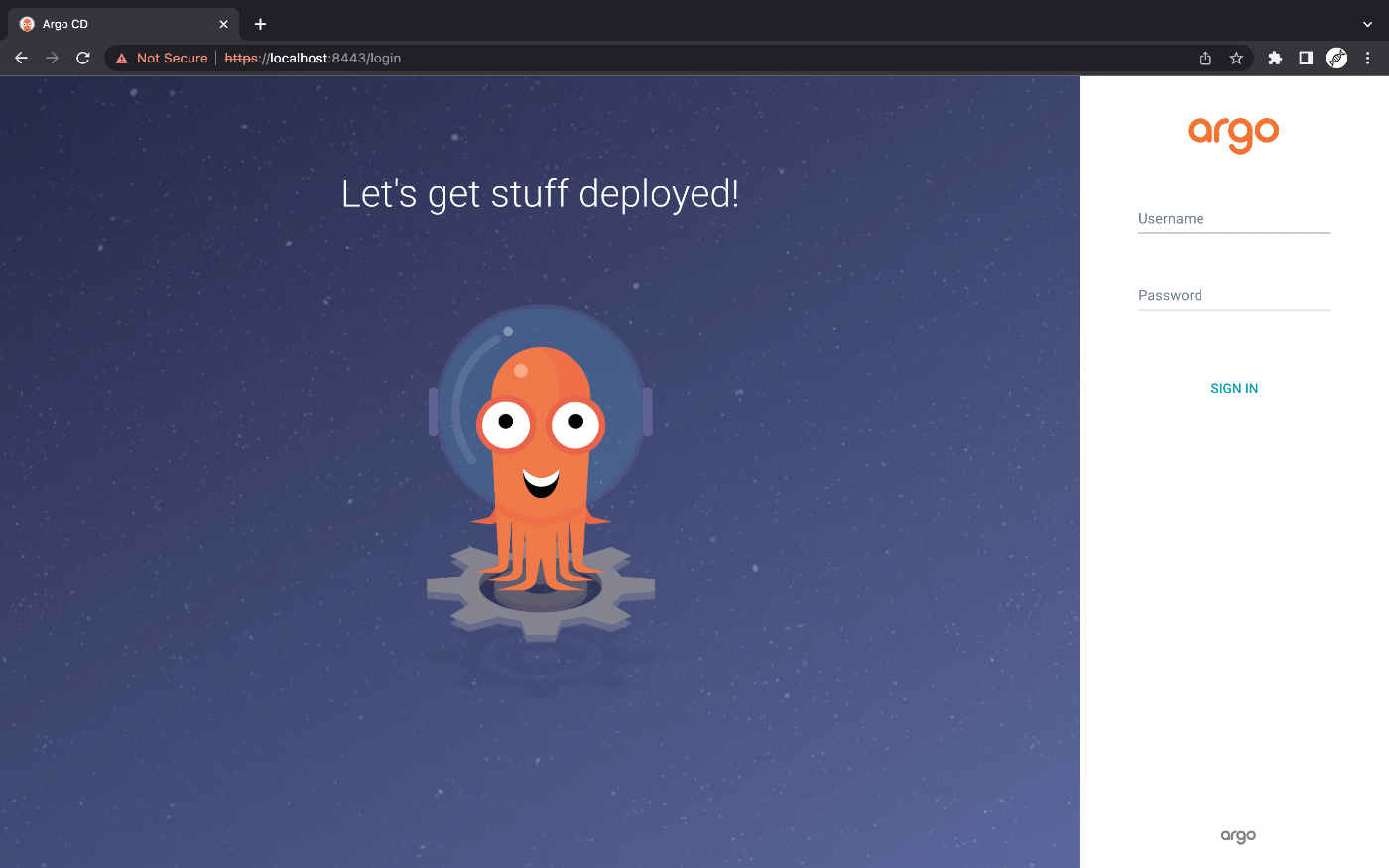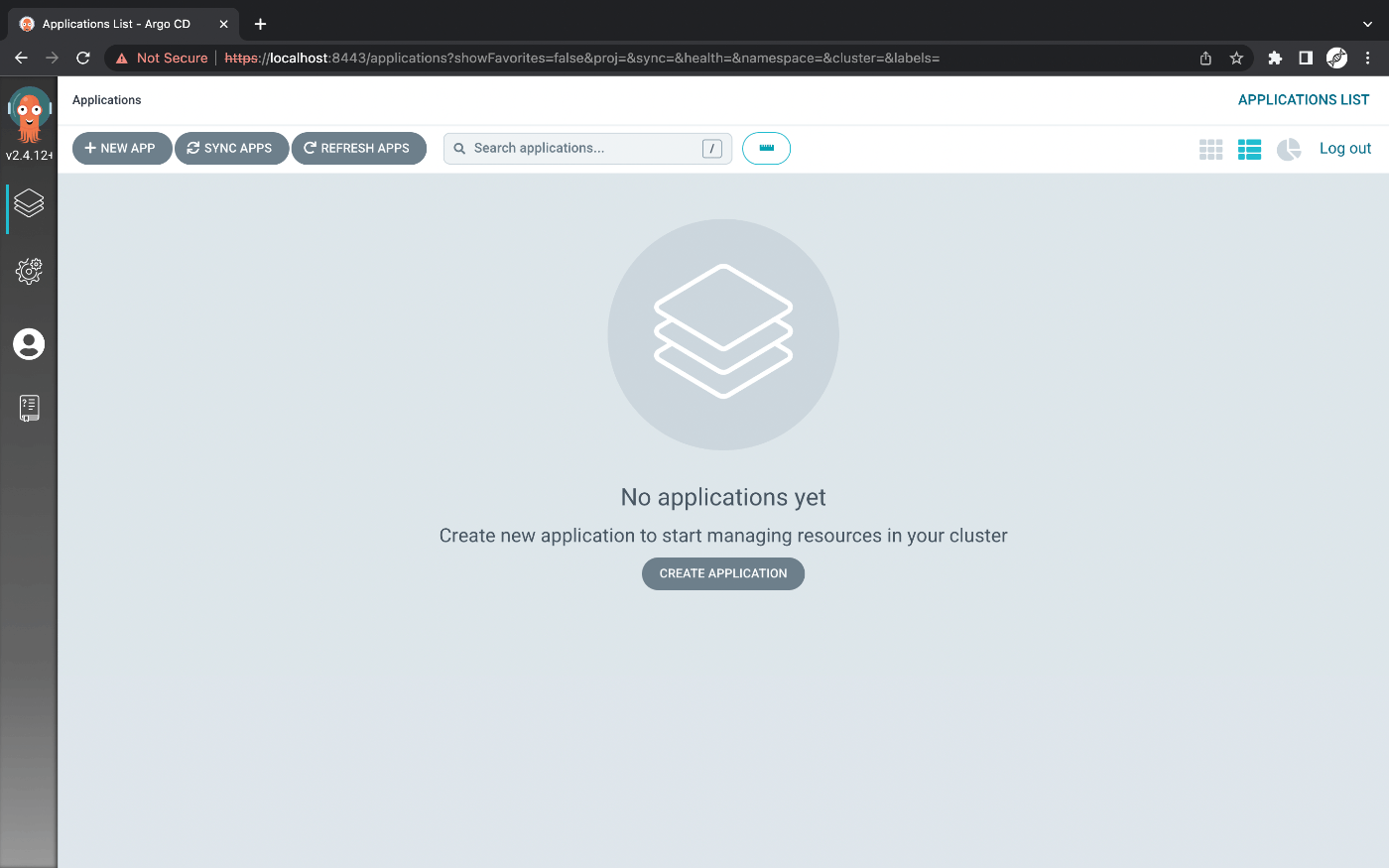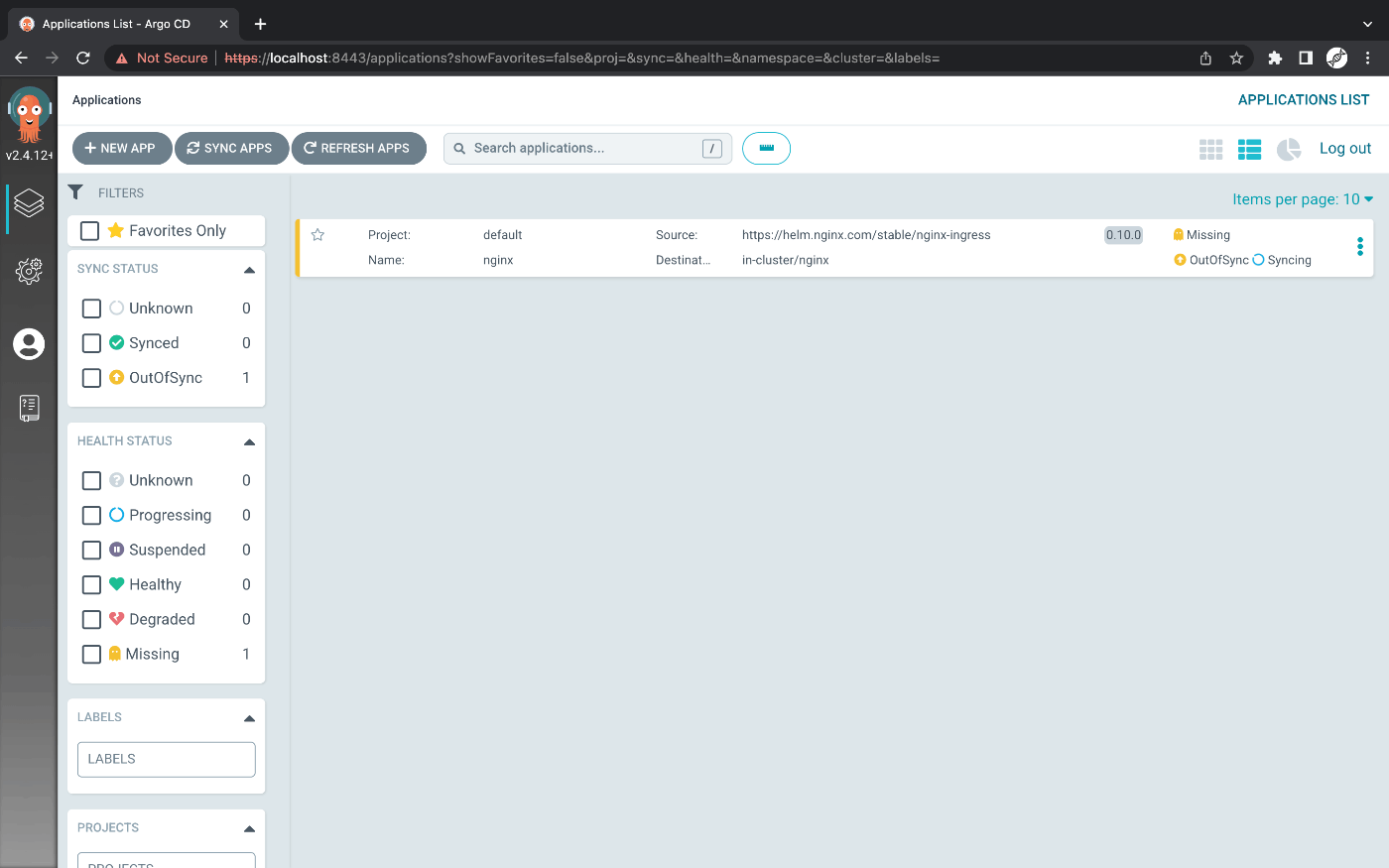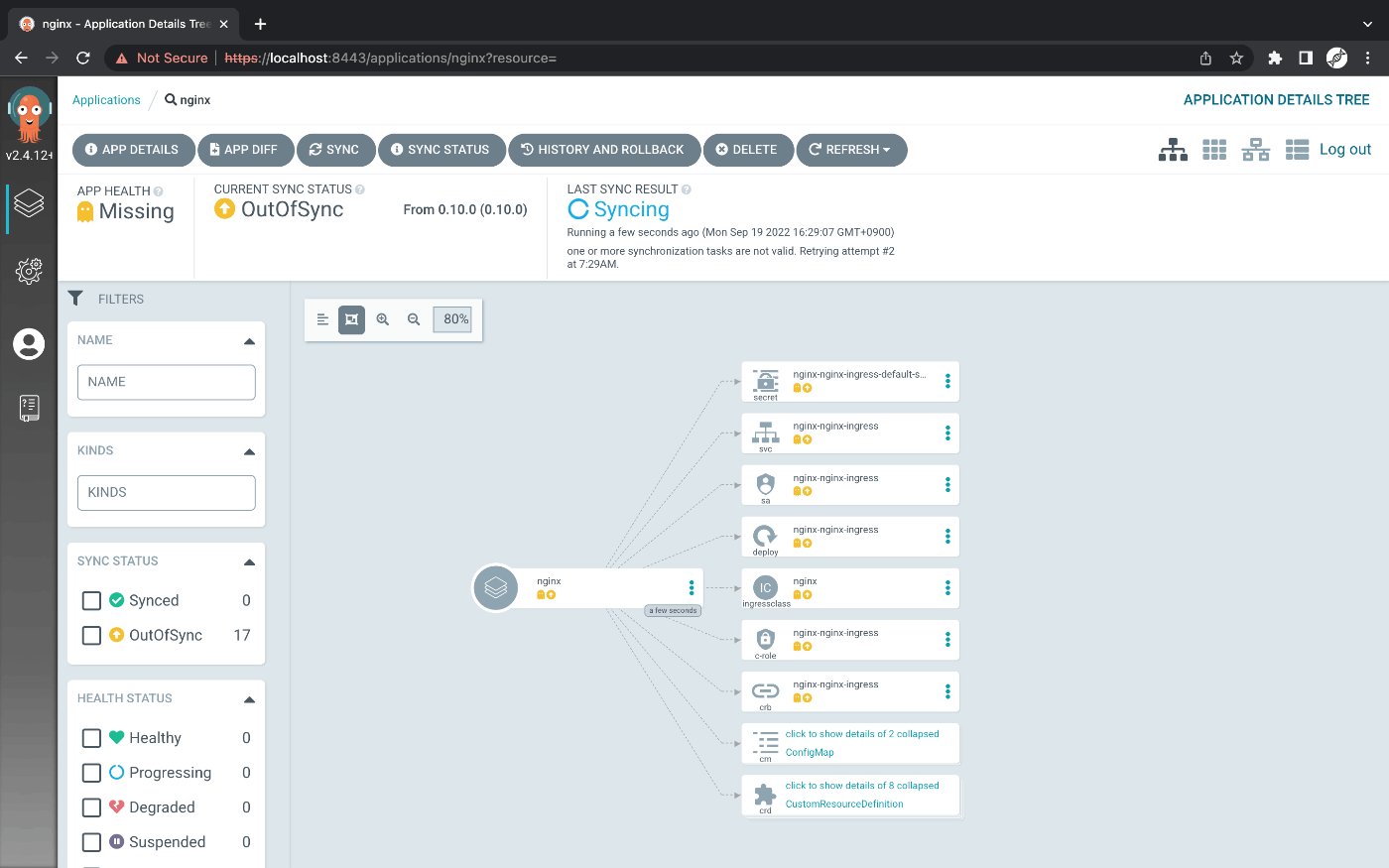🛠️
Building Kubernetes cluster on AWS cloud using Terraform
0. Prerequisite
- Install Homebrew
- Install AWS CLI
1. Install Terraform with Homebrew on macOS
FYI:
% brew tap hashicorp/tap
% brew tap | grep hashicorp
hashicorp/tap
%
% brew install hashicorp/tap/terraform
Warning: hashicorp/tap/terraform 1.2.9 is already installed and up-to-date.
To reinstall 1.2.9, run:
brew reinstall terraform
%
% brew list | grep terraform
terraform
%
% which terraform
/opt/homebrew/bin/terraform
%
% terraform -version
Terraform v1.2.9
on darwin_arm64
%
% brew update
Already up-to-date.
% brew upgrade hashicorp/tap/terraform
Warning: hashicorp/tap/terraform 1.2.9 already installed
%
2. Install kubectl with Homebrew on macOS
FYI:
% brew install kubectl
% which kubectl
/opt/homebrew/bin/kubectl
% kubectl version --output=yaml
clientVersion:
buildDate: "2022-09-14T19:40:59Z"
compiler: gc
gitCommit: e4d4e1ab7cf1bf15273ef97303551b279f0920a9
gitTreeState: clean
gitVersion: v1.25.1
goVersion: go1.19.1
major: "1"
minor: "25"
platform: darwin/arm64
kustomizeVersion: v4.5.7
The connection to the server localhost:8080 was refused - did you specify the right host or port?
%
3. Building VPC resources using Terraform
- Execute the
terraform <subcommand>command in theterraformdirectory.
FYI:
% cd terraform
# The `terraform init` command performs several different initialization steps
# in order to prepare the current # working directory for use with Terraform.
%
% terraform init
Initializing modules...
Initializing the backend...
Initializing provider plugins...
- Reusing previous version of hashicorp/aws from the dependency lock file
- Using previously-installed hashicorp/aws v4.31.0
Terraform has been successfully initialized!
You may now begin working with Terraform. Try running "terraform plan" to see
any changes that are required for your infrastructure. All Terraform commands
should now work.
If you ever set or change modules or backend configuration for Terraform,
rerun this command to reinitialize your working directory. If you forget, other
commands will detect it and remind you to do so if necessary.
%
% ls -a
. .gitignore .terraform.lock.hcl modules
.. .terraform main.tf
%
# The `terraform plan` command creates an execution plan,
# which lets you preview the changes that Terraform plans to make to your infrastructure.
% terraform plan -json | jq -r '.' > terraform-plan-output.json
%
% ls | grep terraform-plan-output.json
terraform-plan-output.json
%
# The terraform apply command executes the actions proposed in a Terraform plan.
% terraform apply
Terraform used the selected providers to generate the following execution plan. Resource actions are indicated with the following symbols:
+ create
Terraform will perform the following actions:
...
...
Plan: 16 to add, 0 to change, 0 to destroy.
Do you want to perform these actions?
Terraform will perform the actions described above.
Only 'yes' will be accepted to approve.
Enter a value: yes
module.k8s-vpc.module.k8s-vpc.aws_eip.nat[0]: Creating...
...
...
module.k8s-vpc.module.k8s-vpc.aws_route.private_nat_gateway[0]: Creation complete after 1s [id=r-rtb-06050378aeb063c441080289494]
Apply complete! Resources: 16 added, 0 changed, 0 destroyed.
%
Appendix: terraform validate/destroy
% terraform validate
Success! The configuration is valid.
%
% terraform destroy
...
...
Plan: 0 to add, 0 to change, 16 to destroy.
Do you really want to destroy all resources?
Terraform will destroy all your managed infrastructure, as shown above.
There is no undo. Only 'yes' will be accepted to confirm.
Enter a value:
Destroy cancelled.
%
4. Building EKS resources using Terraform
- Execute the
terraform <subcommand>command in theterraformdirectory.
FYI:
% cd terraform
# The `terraform init` command performs several different initialization steps
# in order to prepare the current # working directory for use with Terraform.
%
% terraform init -upgrade
Upgrading modules...
...
...
Initializing the backend...
...
...
Initializing provider plugins...
...
...
Terraform has been successfully initialized!
You may now begin working with Terraform. Try running "terraform plan" to see
any changes that are required for your infrastructure. All Terraform commands
should now work.
If you ever set or change modules or backend configuration for Terraform,
rerun this command to reinitialize your working directory. If you forget, other
commands will detect it and remind you to do so if necessary.
%
%
% terraform plan -json | jq -r '.' > terraform-plan-output.json
% terraform apply
...
...
Apply complete! Resources: 47 added, 0 changed, 0 destroyed.
%
5. Confirmation of Kubernetes operation
FYI:
% aws eks --region ap-northeast-1 update-kubeconfig --name sample-cluster
% kubectl get namespaces
NAME STATUS AGE
default Active 18m
kube-node-lease Active 18m
kube-public Active 18m
kube-system Active 18m
%
6. Install ArgoCD
FYI:
% brew install argocd
% which argocd
/opt/homebrew/bin/argocd
% kubectl create namespace argocd
namespace/argocd created
% kubectl get namespaces
NAME STATUS AGE
argocd Active 4s
default Active 7m56s
kube-node-lease Active 7m59s
kube-public Active 7m59s
kube-system Active 7m59s
%
% kubectl apply -n argocd -f https://raw.githubusercontent.com/argoproj/argo-cd/stable/manifests/install.yaml
...
...
% kubectl get pods -n argocd
NAME READY STATUS RESTARTS AGE
argocd-application-controller-0 1/1 Running 0 61s
argocd-applicationset-controller-bf6bf659d-vbfzj 1/1 Running 0 61s
argocd-dex-server-787dcc5fd7-lfx28 1/1 Running 0 61s
argocd-notifications-controller-78cffff85c-mvmvg 1/1 Running 0 61s
argocd-redis-65596bf87-pc58z 1/1 Running 0 61s
argocd-repo-server-5444cd8878-9j5fm 1/1 Running 0 61s
argocd-server-6b567b5949-7wr2j 1/1 Running 0 61s
% kubectl get services -n argocd
NAME TYPE CLUSTER-IP EXTERNAL-IP PORT(S) AGE
argocd-applicationset-controller ClusterIP 172.20.66.62 <none> 7000/TCP,8080/TCP 68s
argocd-dex-server ClusterIP 172.20.94.34 <none> 5556/TCP,5557/TCP,5558/TCP 68s
argocd-metrics ClusterIP 172.20.218.86 <none> 8082/TCP 68s
argocd-notifications-controller-metrics ClusterIP 172.20.175.21 <none> 9001/TCP 68s
argocd-redis ClusterIP 172.20.152.222 <none> 6379/TCP 68s
argocd-repo-server ClusterIP 172.20.129.147 <none> 8081/TCP,8084/TCP 68s
argocd-server ClusterIP 172.20.9.254 <none> 80/TCP,443/TCP 68s
argocd-server-metrics ClusterIP 172.20.191.237 <none> 8083/TCP 68s
%
% kubectl patch svc argocd-server -n argocd -p '{"spec": {"type": "LoadBalancer"}}'
service/argocd-server patched
%
% export ARGOCD_SERVER=`kubectl get svc argocd-server -n argocd -o json | jq --raw-output '.status.loadBalancer.ingress[0].hostname'`
% export ARGO_PWD=`kubectl -n argocd get secret argocd-initial-admin-secret -o jsonpath="{.data.password}" | base64 -d`
% argocd login $ARGOCD_SERVER --username admin --password $ARGO_PWD --insecure
'admin:login' logged in successfully
% argocd app list
NAME CLUSTER NAMESPACE PROJECT STATUS HEALTH SYNCPOLICY CONDITIONS REPO PATH TARGET
% kubectl apply -f manifest/nginx-ingress-controller.yaml
application.argoproj.io/nginx created
%
% argocd app list
NAME CLUSTER NAMESPACE PROJECT STATUS HEALTH SYNCPOLICY CONDITIONS REPO PATH TARGET
nginx https://kubernetes.default.svc nginx default OutOfSync Missing Auto-Prune <none> https://helm.nginx.com/stable 0.10.0
%
ArgoCD Console




Repository
Discussion